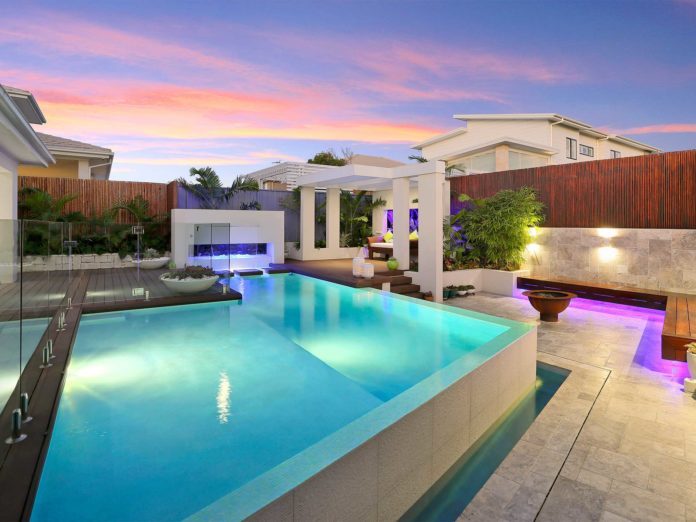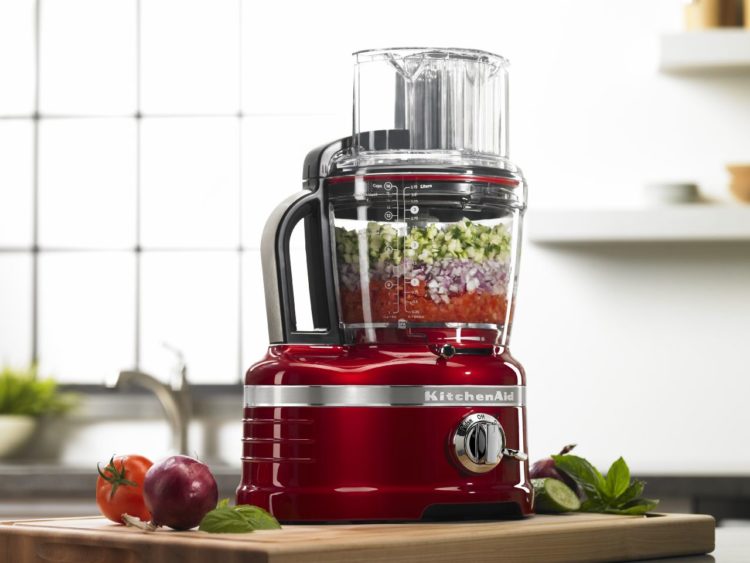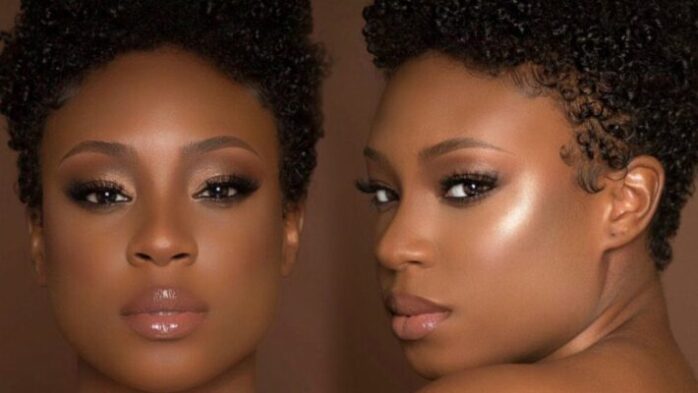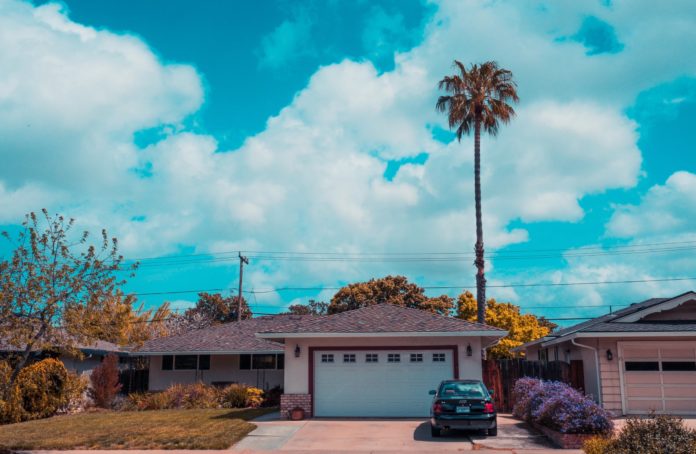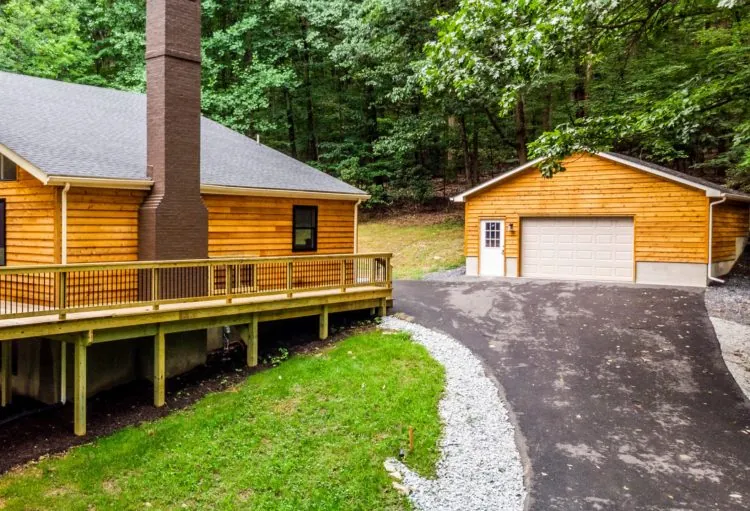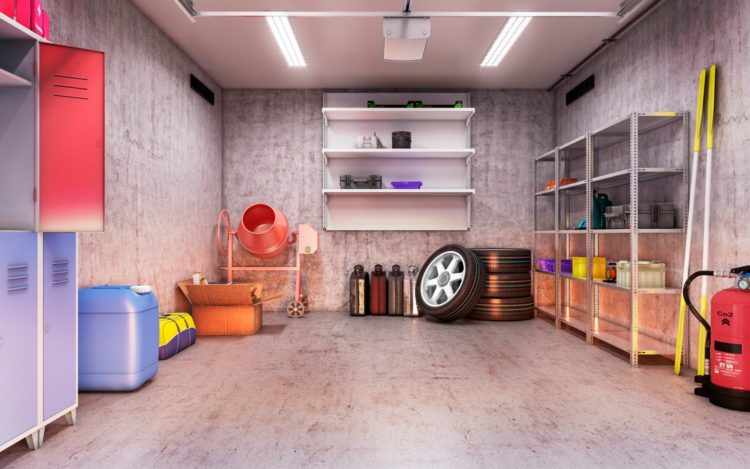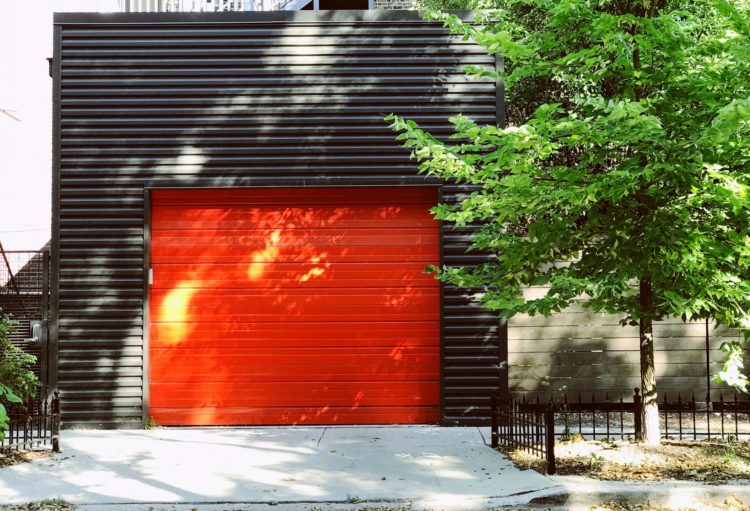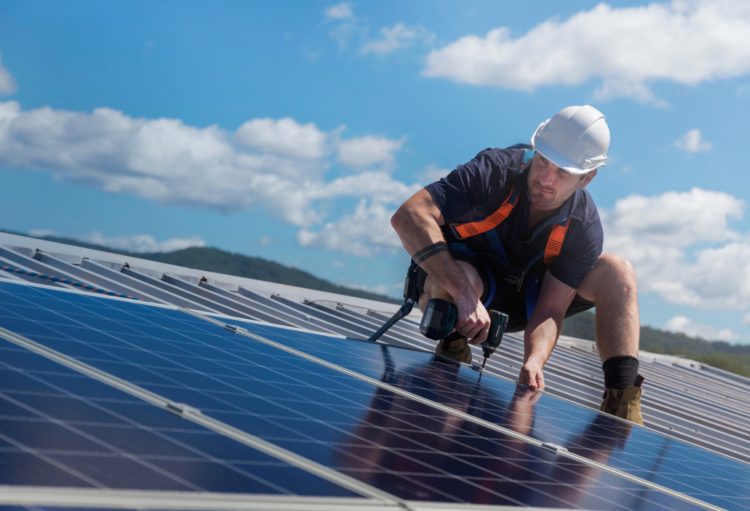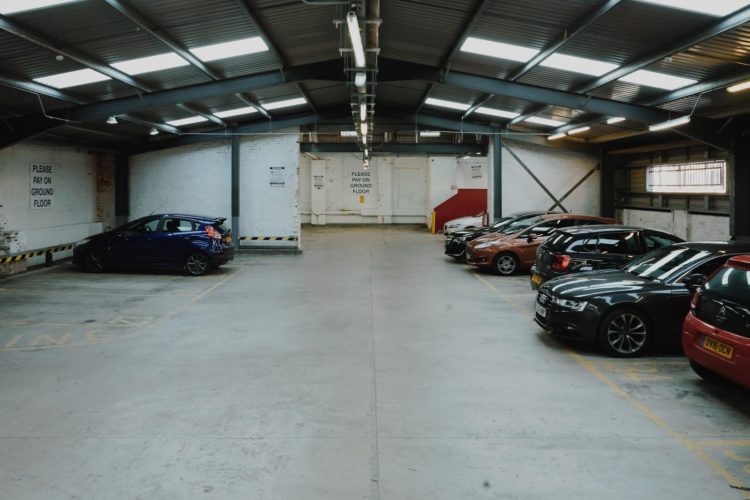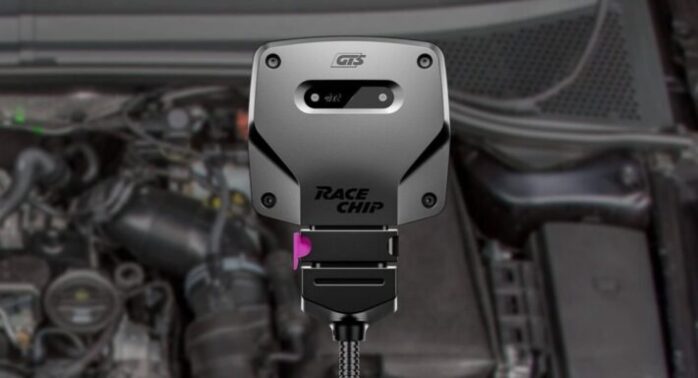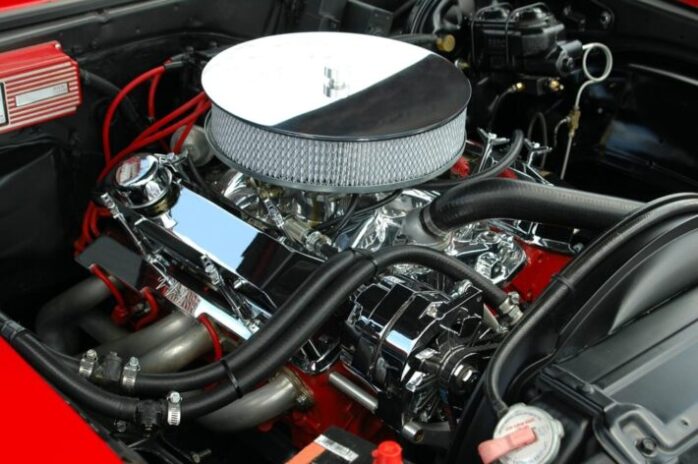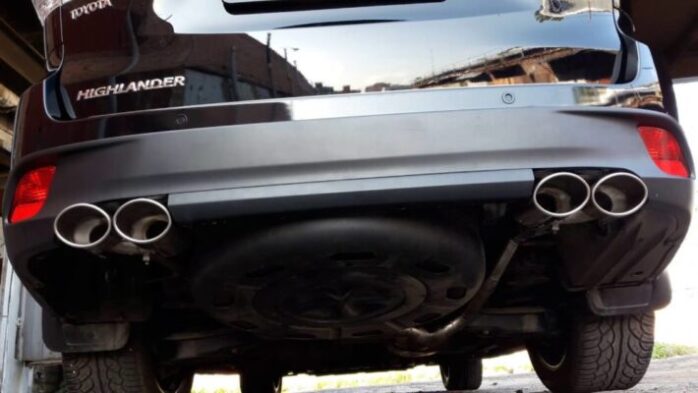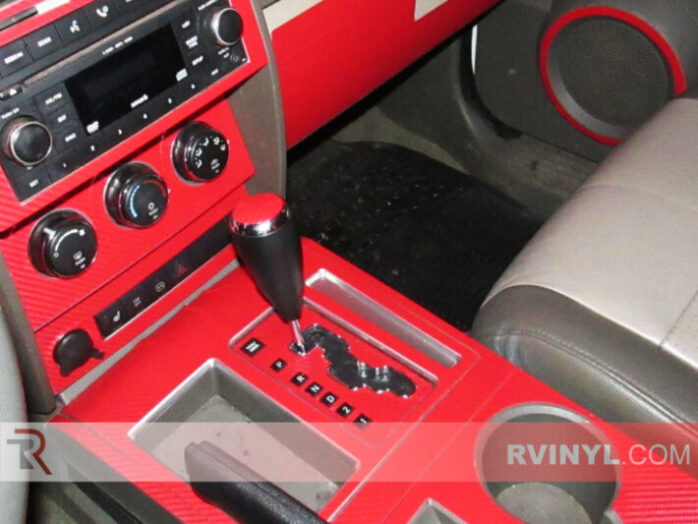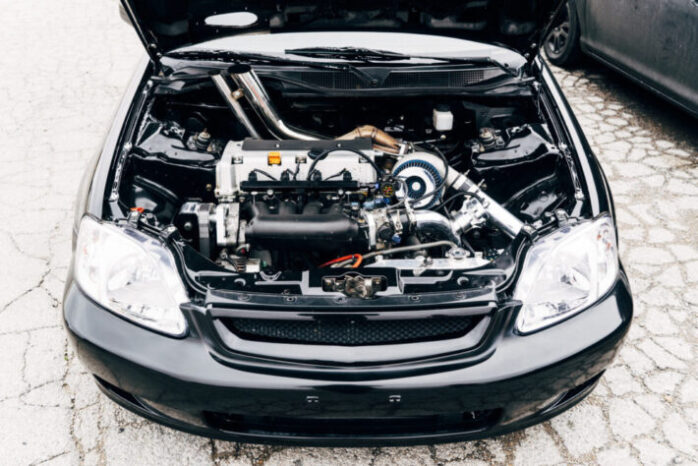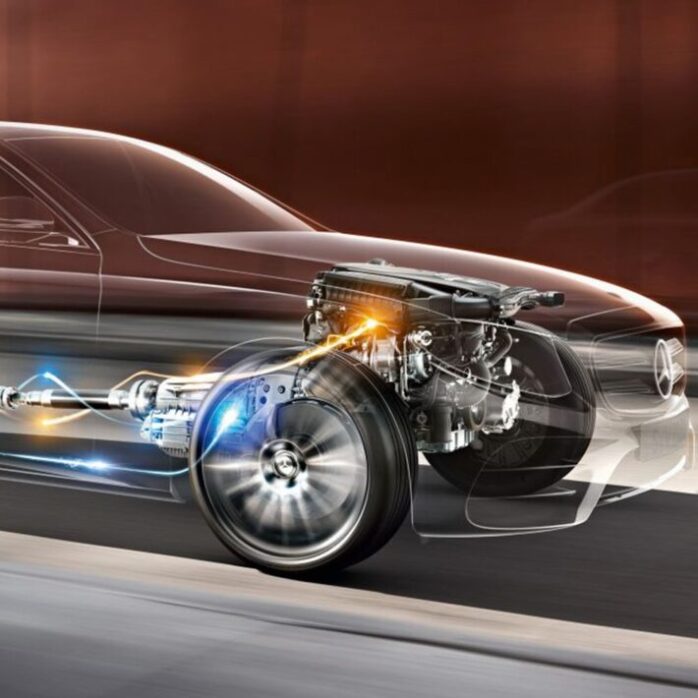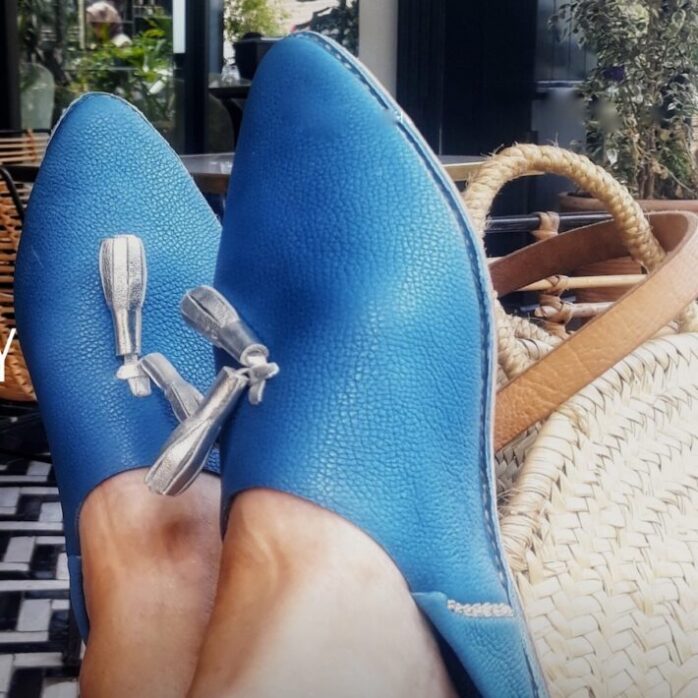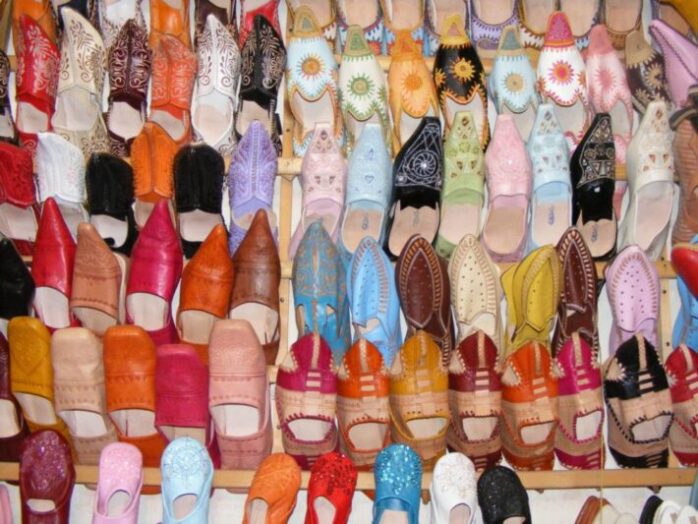With summer rapidly coming up, you’re probably thinking of putting a pool in your backyard to cool you, your family, and friends off throughout the hot and dry months.
Choosing the right swimming pool for your home is a huge deal. It will most likely be the biggest investment for your home and once decided it would be a very costly task to go back and change it. But before you do, have you given thought as to what materials you want to use to build your pool?
Two types of pools are most common in homeowners backyards and they are Fibreglass and Concrete. Concrete pools have always been the most popular choice due to its ability to last for many years and being able to custom build and design the pool that suits you. In recent years fiberglass has become increasingly popular and it is no surprise why. Fiberglass has significantly lower costs, much quick installation, and is an extremely durable material. Before making your decision, let’s take a look at some advantages and disadvantages of both fiberglass and concrete pools.
What are the advantages and benefits of a fiberglass pool?
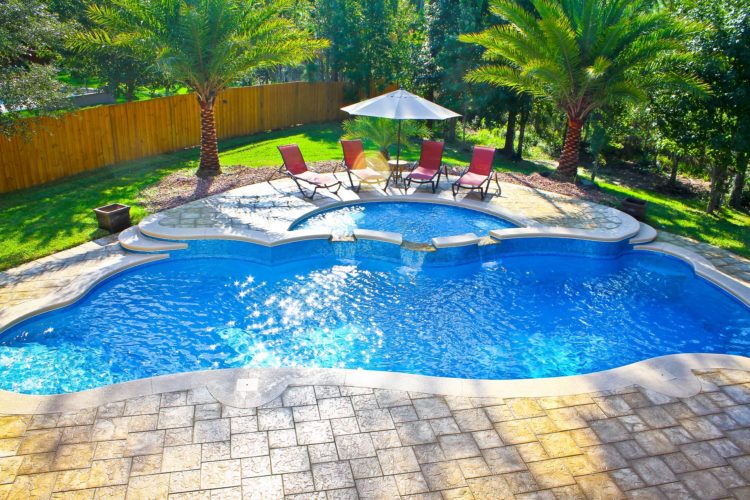
- They are easy to maintain- fiberglass pools have a gel coat surface which makes it much easier to prevent algae and bacteria build up in the pool. Because they are easier to maintain means fewer chemicals are needed which in turn will mean fewer expenses all round.
- Quick installation- One of the most appealing things about choosing fiberglass is how quick they are to install. The majority of the work is completed in the factory before it arrives for installation which means generally speaking your pool will be installed in as little as 1-2 weeks. However concrete pools can take anywhere from 3-6 months sometimes longer to be completed.
- Heavy-Duty- Fibreglass pools are made from very strong building material. You will find that almost every fiberglass pool company will have a lengthy warranty due to its ability to last for many years and companies have no problems in backing this up. The material fiberglass is incredibly tough and is also able to flex which can uphold earth movements without cracking.
- Warmer in temperature- Homeowners who have owned both Fibreglass and Concrete pools have said that fiberglass pools seem warmer. The material fiberglass heats up quicker compared to concrete and also retain heat for a longer period which in turn heats the pool.
- Non Abrasive surface- All fiberglass pools are made with a non-abrasive surface which means there are no sharp edges, only smooth standing, and sitting areas. This is fantastic for the whole family especially children as you won’t need to worry about scratches on fingers and feet.
- Portable and moveable- Did you know that your fibreglass pool can go with you when you move houses? That’s one particular quality that not many homeowners are aware of: fibreglass pools are easy enough to install, and they can be dug up and reinstalled in a new site just as quickly. If you, your builder, and moving crew plan things well and execute the move properly, it will save you money on buying an entirely new shell and the whole rigmarole of building your pool from the ground up.
- Long-term service warranties- While fibreglass pools are easy to maintain in general, many come with service warranties covering a period between 25 and 35 years. This comes in handy if you’re concerned about the formation of spider cracks on the surface and other issues.
What are the disadvantages of choosing a fiberglass swimming pool?
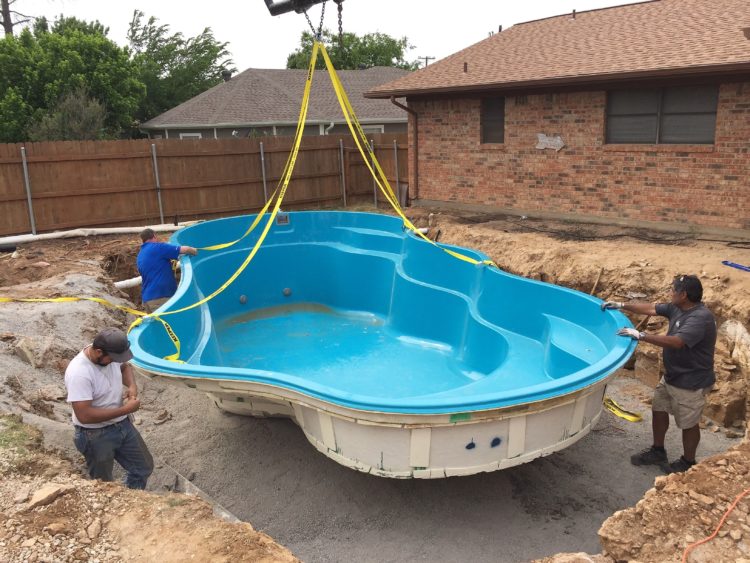
- Limitations for certain shapes and sizes- There is only really 1 downside to choosing a fiberglass pool and that is the limitations you have with choosing a particular shape, style, and size. Because fiberglass pools are made in the factory by a mold you can only choose from the shapes and sizes that are already there. Most of the time you can still find exactly what you are looking for as manufacturers have an extensive range available. There are also add on options available such as swim out and pool lounge areas that can be built into the design.
- They can be cumbersome to transport- As stated previously there are limitations to the size of fibreglass pools for residential use not only because of the size of your backyard, but there are government regulations about the maximum size that can be shipped overland. Not only that: you will need a crane to lift it up (depending on its size) to move it from transport vehicle to building site.
What are some advantages of a concrete pool?
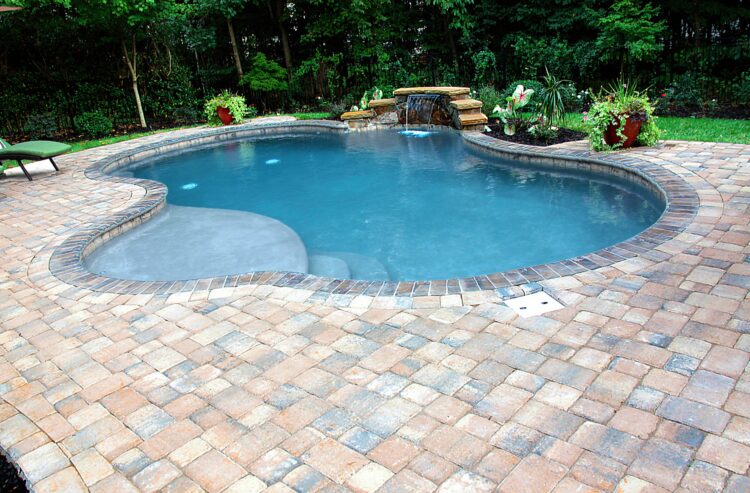
- Versatility with shape design- The most common reason that someone will choose Concrete over fiberglass is the flexibility with shape and design. According to Barrier Reef Pools, when choosing concrete it means you can build and design the pool any way you wish. Concrete pools are also made on-site so you can discuss with your builder the exact landscaping and design to ensure its exactly what you are after.
- Strong material- Concrete pools have been around for many years and are very durable which means you don’t need to worry about your pool being damaged by things such as sharp objects.
- Appealing in appearance- Because you can design a concrete pool any way you wish in can also appear more appealing, especially with the fact you can choose your own aesthetics such as pebbles and tiles.
What are the disadvantages of a concrete pool?
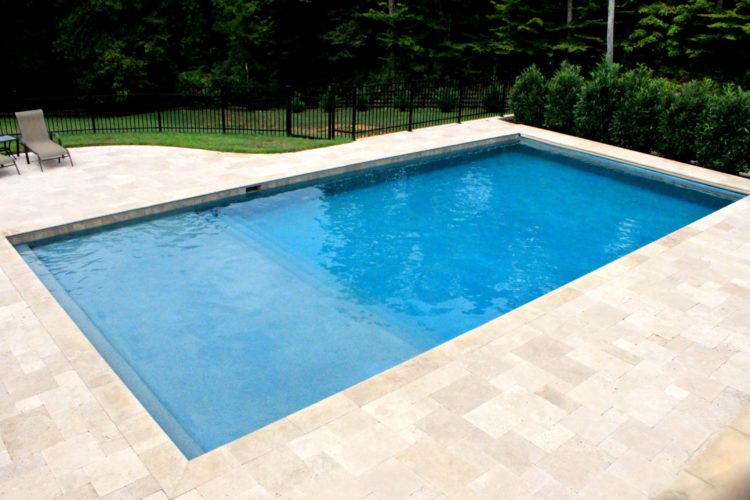
- Longer to build and install – concrete pools can take anywhere from 3-6 months to completely installed whereas fiberglass is all done in as little as 1-2 weeks
- Harsher surfaces- many people with concrete pools choose pebbles or stone which can be rough on the feet. Quite often people complain of grazes and cuts, especially children who love to run amuck in the pool
- More expensive to run- most concrete pools seem to have more absorbent surfaces that allow for more water absorption, this means the area becomes a great place for bacteria such as algae to grow. We have found that homeowners of concrete pools tend so spend more money on chemicals because algae can grow much easier compared to fiberglass
- Expensive long term upkeep- concrete pools requite ongoing Maintainance and care, sometimes after 15 years, they may even need to be reconditioned. The amount of maintenance that needs to be done will all depend on the type of surface the owner has chosen.
Other Points to Consider
Regardless of what type of pool you’re putting into your backyard, there are a few things you need to consider seriously before buying your pool and having it installed.
- Is your building site level? Remember: swimming pools are normally built on level sites, so you’d better plan well if you live on a slope or if your home is located on uneven terrain. Putting a pool in this case will cost more as your builder will need to either fill or flatten the area to level the surface for installation. One particular workaround is to build an above-ground pool using a fibreglass shell: in the long run, it will cost less, look really good, and enable you to retain the natural look of your home environment.
- What’s your terrain like? Knowing if the foundations can support a pool is critical no matter what type you finally decide to get. For this, ask your professionals such as leisurepools.com.au to check on the quality of the soil within your area. Areas on a high water table or places where the soil is too sandy, too loose, or very rocky are not ideal spots for putting in a pool.
- How big a space are you using? Especially in cities, you really have to make do with a small amount of space and that also applies to installing a swimming pool in your yard. In which case, fibreglass pools would be the best bet as some models are just big enough to suit smaller spaces.
So which is the best Fibreglass or Concrete?
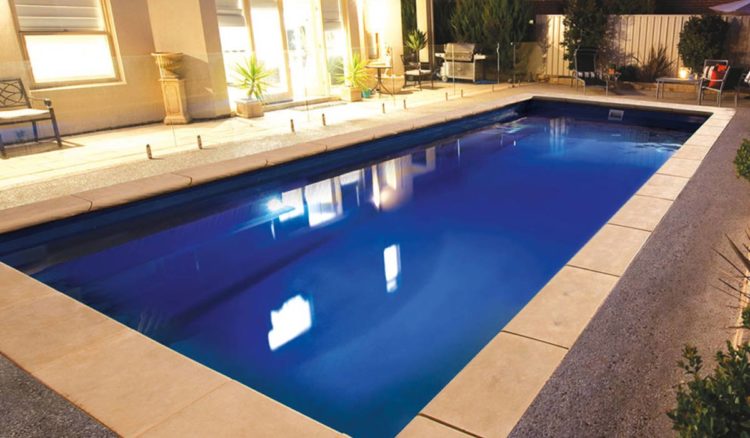
When you look at all the information comparing both fiberglass and concrete it is no surprise that in recent years it has to lead to over 50% of Australians now choosing a fiberglass swimming pool. Fiberglass pools offer an amazing and extensive range of different shapes, styles, and sizes. Here at Barrier Reef Pools, we have been transforming homeowners backyards across Australia for the past 30 years.
Fiberglass has become increasingly more popular due to its longevity, durability, and the quick installation process.

